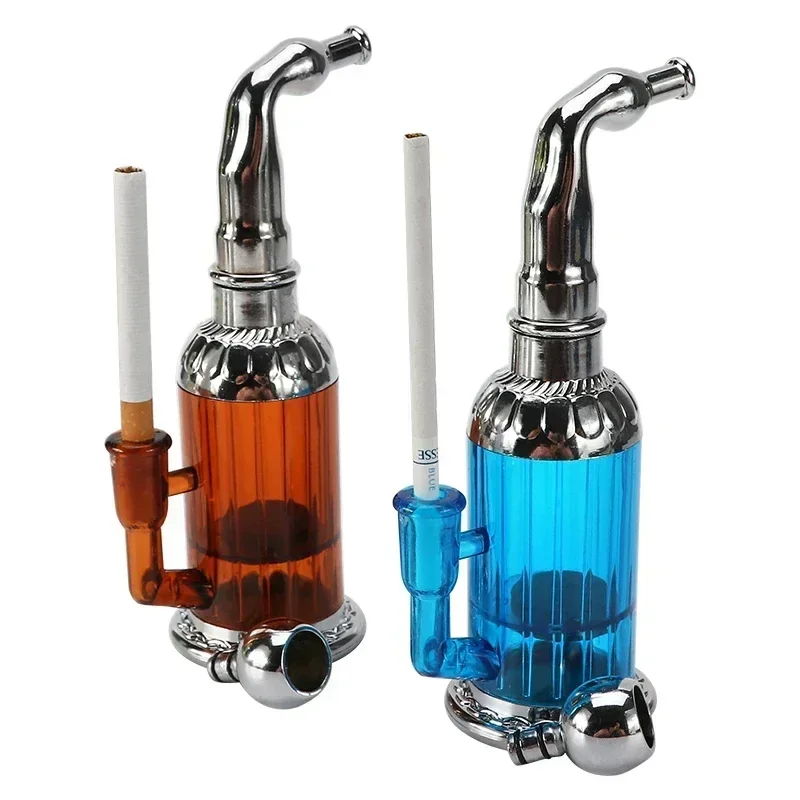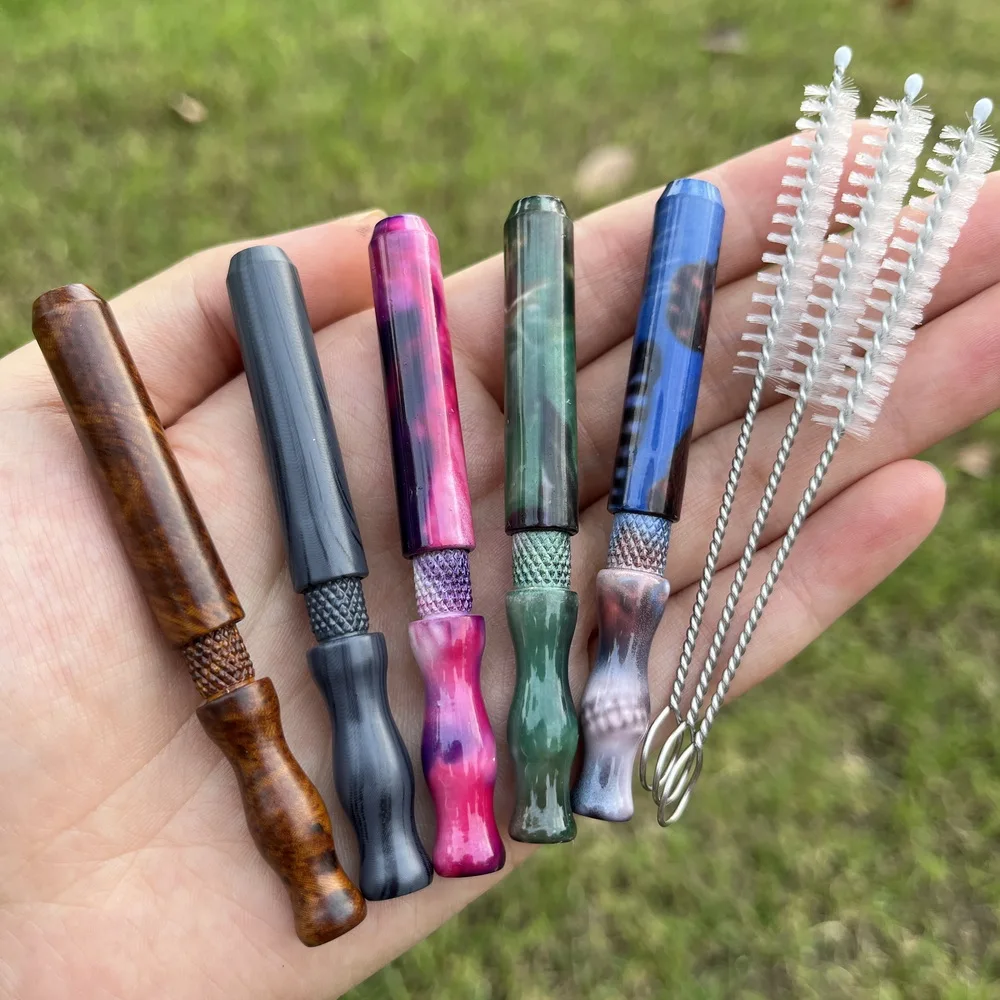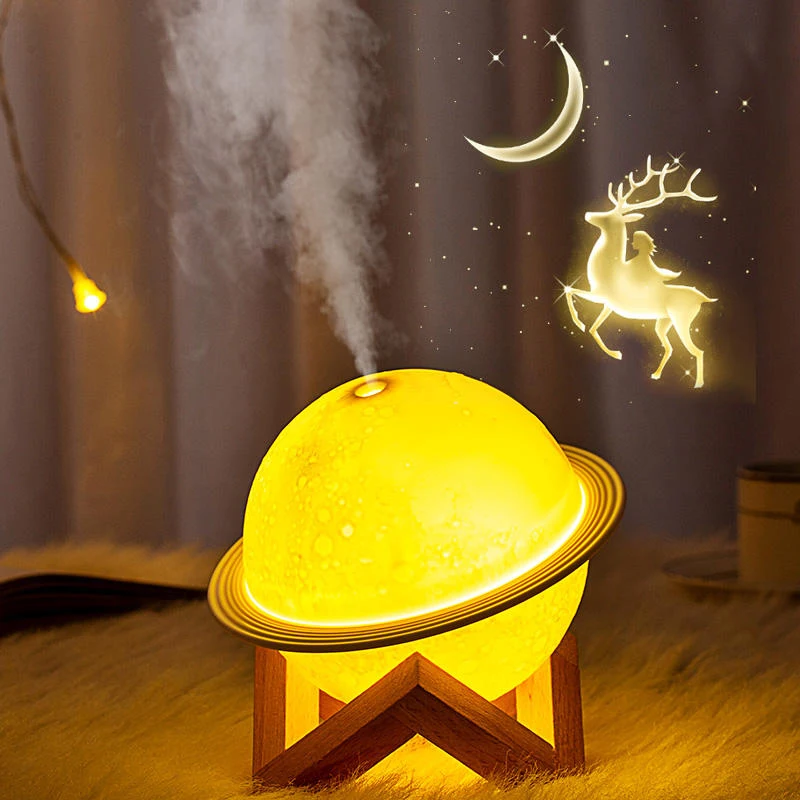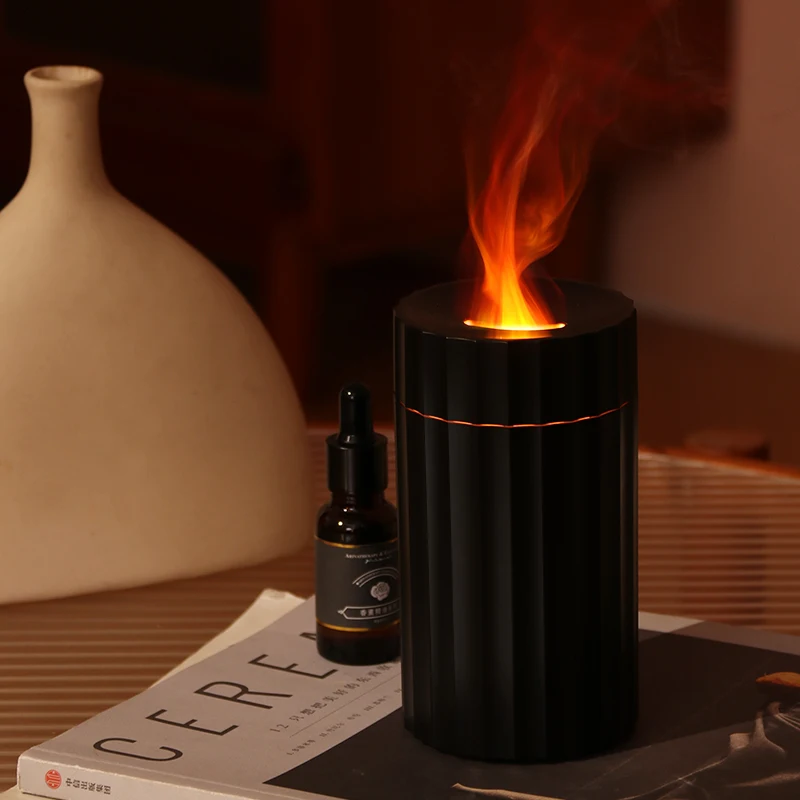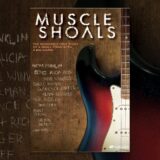Temple balls have a long, rich history and unique preparation method. Originating centuries ago in the Middle East and India, temple balls have since spread to other parts of the world. Lately, popular hash enthusiasts have pushed them into the spotlight of mainstream cannabis.
Learn what temple balls are, how they differ from other hash products, and ways to consume them.
What are temple balls?
Temple balls are potent spheres of concentrated cannabis. They are a type of hashish that is traditionally made by hand through the pressing and rolling of the trichomes from the cannabis plant.

Photo by: Gina Coleman/Weedmaps
Image lightbox

They can be made from live cannabis plants, which produce charas, another type of temple ball traditional to India and Nepal. You can also form temple balls from other types of hash, ice water hash, or dry sift, which is a type of concentrate made by separating trichomes from cannabis plants using screens or sieves of various sizes.
What is the difference between bubble hash and temple balls?
Temple balls differ from other types of hash products like bubble hash or ice hash in their preparation process.
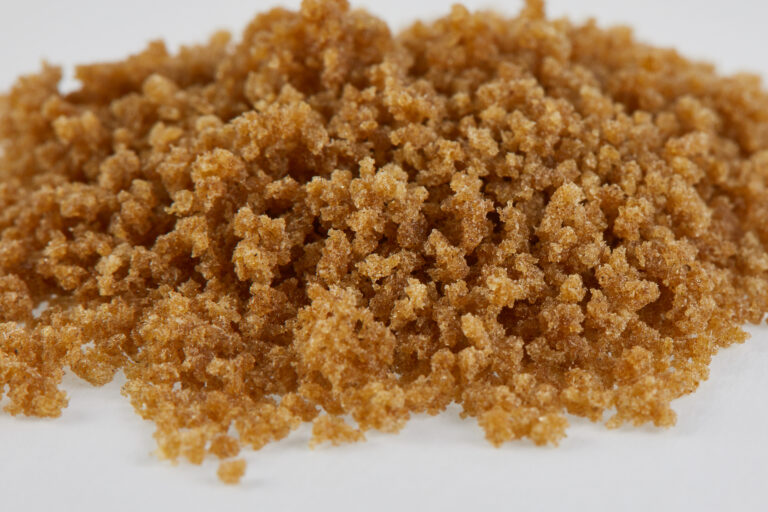
Photo by: Gina Coleman/Weedmaps
Image lightbox

Bubble hash:
- Made through ice water extraction of cannabis trichomes
- Usually has a granular or powdery texture
- Can be consumed directly after minimal processing
- Commonly used as a starting material for making temple balls
Temple balls:
- Can be made using various types of hash, including bubble hash
- Need additional processing with heat and pressure
- Formed into dense, sticky spheres
- Require a curing process that can enhance flavor, aroma, and potency
The pressing and curing process in making a temple ball can reveal the quality of the resin used to make it.
What’s the difference between Piattella hash and temple balls?
Although similar in appearance, Piattella hash and temple balls differ in the material used to produce them.
- Temple balls: Can be made using various types of hashish with different qualities, allowing for a broader range of starting materials.
- Piattella hash: Made only from full melt six-star ice water hash — the highest quality of hashish available.
Bubble hash and ice hash are measured on a six-star scale, which relates to how well the hash melts. The higher the star rating, the higher the hash’s quality.

Photo by: Alice Reis/Weedmaps
Image lightbox

This distinction means that while both Piattella hash and temple balls undergo a curing process and use similar techniques, Piattella can be exceptionally pure and potent since it starts with the finest possible hash.
How to consume temple balls
You can consume temple balls in several ways:
- In joints: Break apart small pieces from your temple ball and mix them with ground flower to fill a joint.
- In pipes or bongs: Mix small pieces into ground flower and fill your bowl or place some of them on top of the flower in a pipe or bong. Smoke as usual.
- Vaporizers: Use a vaporizer designed for concentrates to enjoy your temple ball’s full flavor and potency.
- Dabbing: Use a dab rig to vaporize a small piece of a temple ball for a powerful hit.
- Edibles: Incorporate decarboxylated temple ball hash into your favorite edible recipes.
Are temple balls potent?
Temple balls are known and loved for their potency. The pressing and curing process that’s used to make temple balls increases the concentration of cannabinoids, particularly THC, in the final product. This leads to more intense effects when compared to other forms of hashish.
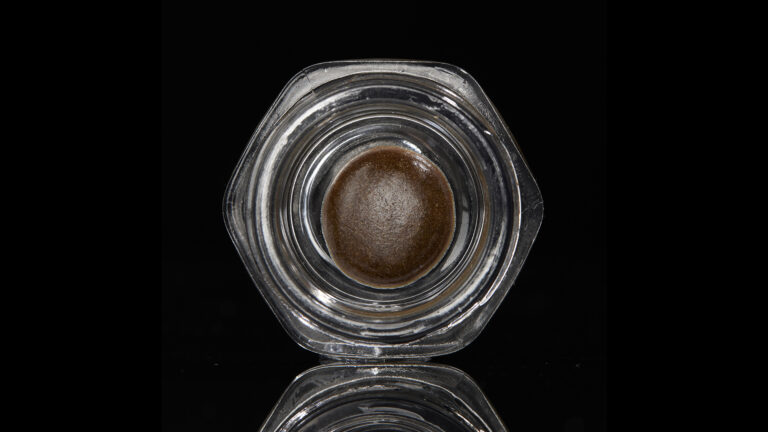
Photo by: Gina Coleman/Weedmaps
Image lightbox

Heat and pressure activate cannabinoids through decarboxylation, a chemical reaction that converts THCA — the non-psychoactive precursor to THC — into active THC. This process is crucial because THCA, in its raw form, does not produce the same intoxicating effects as THC. By activating THCA into THC, the temple ball becomes much more potent and effective.
How to make a temple ball
Making a temple ball requires a bit of patience and practice. But it’s a simple process that doesn’t need a lot of supplies.
Supplies
- 1 – 2 oz of high-quality trichomes, either dry sift or bubble hash
- Non-nitrile gloves
- Cellophane or turkey bags
- Glass bottle
- Warm water
- Small jar
Step 1: Apply heat and pressure
The first step to making temple balls requires bursting the trichome heads to create a sticky, cohesive mass. Here are the two most common ways to do this:
- With your hands: Firmly press the trichomes together using heat from your hands. Use non-nitrile gloves to avoid contaminating the trichomes.
- With a water bottle: Place the trichomes between two sheets of cellophane and press firmly down, slowly rolling over them with a warm water bottle. The ideal temperature for this process is around 176 – 194°F (80 – 90°C).
Step 2: Roll into a ball
Once the trichomes start to stick together, roll it into a spherical shape with the palms of your hands, moving in a circular motion. This hand-rolled process remains an artisanal technique, even in professional settings.
Step 3: Store and cure
Wrap the temple ball in cellophane and store it in a small, airtight jar. Avoid plastic wrap for long-term storage.
Temple balls will last for years when kept in a dry, dark place. Keep them in a spot that will stay around 60°F.
To enhance flavor and potency, you can cure them for three to six months or as long as a few years if you strictly avoid exposing the jars to temperature swings, oxygen, and light.
Do dispensaries sell temple balls?
Yes, temple balls are sold in dispensaries across the U.S. Although we’re in an era of contemporary hash, rosin, and other concentrates, some brands still focus on traditional hash-making methods.
These artisanal products are available for enthusiasts looking for the highest quality cannabis concentrates, often rich in terpenes and cannabinoids. Of course, check with your dispensary for availability.
Bottom line
Whether you’re a novice or an experienced hash maker, exploring temple balls can add a new dimension to your overall cannabis experience. Touted by famed hash heads like Frenchy Cannoli, the long history and traditional preparation process of the temple ball have made it a mainstay in cannabis culture.
Written by Alice Reis | Featured image by Gina Coleman/Weedmaps











